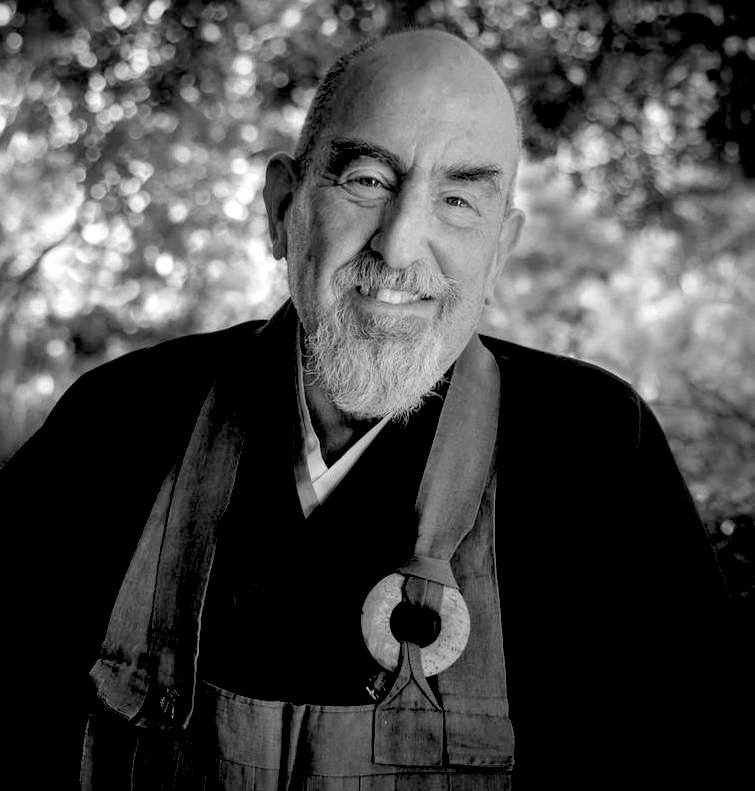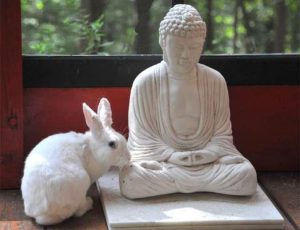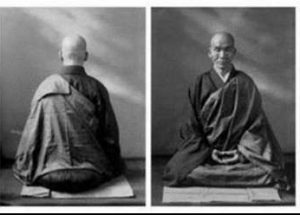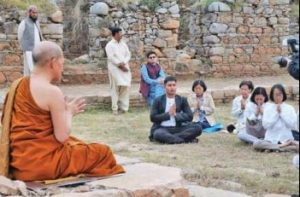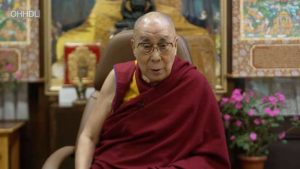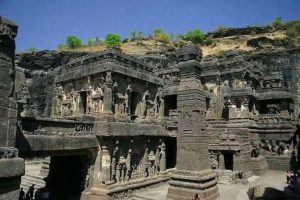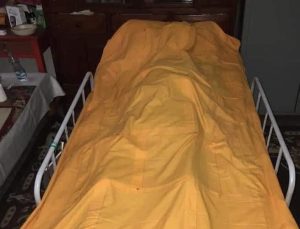
I have been helping to guide students in their practice of Buddhist chaplaincy for more than a decade, working closely with Roshi Joan Halifax and other teachers who share their wisdom in the chaplaincy training program of Upaya Zen Center in Santa Fe, New Mexico. Each year we are fortunate to draw a cohort of 25–30 students from Buddhist and related spiritual traditions all around the world. These students wish to express their bodhisattva vows by stepping forward in the world to meet and share the healing resources of the Dharma to beings in need. Conventionally, one finds chaplains in hospitals and hospices, prisons, and in the armed forces. But Upaya chaplains bring their compassion to environmental activists, to peacemakers, to veterinarians, to homeless advocates. Wherever human need arises, a chaplain can come alongside and offer the gift of socially engaged practice.
At the heart of Buddhist chaplaincy, I see three interrelated aspects of practice: Precepts, Presence, and Perspective. We always begin with the Bodhisattva Precepts, right from the first day of chaplaincy ordination. These 16 precepts, as they evolved in Zen and other Buddhist schools in Japan consist of the Three Refuges—the Buddha, the Dharma, and the Sangha; the Three Pure Precepts—avoid all evil, do all good, save all beings; and the Ten Clear Mind Precepts of right thoughts, words, and deeds.
In the course of chaplaincy training, students formally receive the precepts in a ceremony called jukai, along with a Dharma name, and a small robe they have sewn—a rakusu. At jukai, they are given an ancient form of lineage document—a kechimyaku or “bloodline” that traces the transmission of these precepts from the Buddha, through our Indian, Chinese, and Japanese ancestors, down to our preceptor and to oneself. The text on this document reminds us that:
. . . the preceptual vein of the Buddha is the one-great-causal-condition of our lineage gate, personally passed from the Buddha on Grdhrakuta Peak. . . .Protect and hold these precepts.
These precepts—not killing, stealing, lying, misusing intoxicants or sexuality, not slandering, nor inflating oneself, and so on—provide a moral touchstone. These are not rules we can always hold on to, but a place to which we can return and begin again, remembering our vows. The precepts are actually about our relationships with others and with our selves. As our understanding deepens, we realize that everything in life is relational.
This brings me to my second principle of chaplaincy—Presence. Relying on the precepts, each time we walk into a hospital room or a prison cell, or into any environment of suffering, all we bring with us is our presence: our ability to listen, to speak, without the taint of self-centeredness. In our chaplaincy training we call this “coming alongside,” the way ships carefully approach each other in stormy seas. This is how chaplains accompany suffering beings, traveling side by side to the very threshold over which beings must go forward on their own.
There is a quality of being that a chaplain aspires to, a non-anxious presence. It is easy to speak these simple words, but this quality comes only with the intertwining of wisdom, compassion, and experience. In the press of crisis—one’s own or that of another—it is often hard to maintain one’s composure. Or, if one loses that composure, as often happens, can one regain one’s presence and begin again? This is, in fact, the secret of Zen, beginning again and again and again.
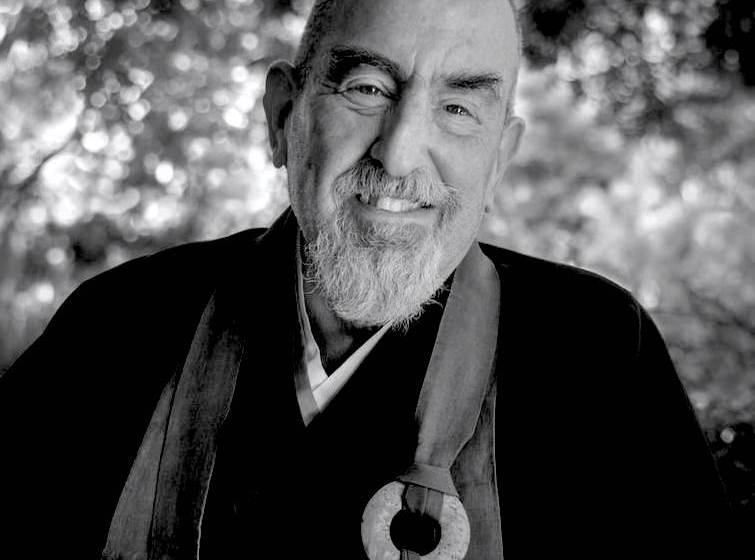
The third aspect of chaplaincy is Perspective, which is another way of expressing Right View, the first step along the Noble Eightfold Path. Traditionally Right View is the view of enlightenment, keeping that aspiration in mind throughout all of one’s practice. But Perspective also has a wider context, which includes liberation or freedom. An open perspective that takes in the large and the small, the near and far, the individual and the complex system or systems we co-create and in which we participate. Often, the suffering experienced by an individual cannot be understood as the outflow of a particular stream of karma, but the effect of a causal system of suffering. Racism and white supremacy, colonialism, patriarchy, militarism—all of these are systems of suffering that distort and harm the lives of individuals.
In the Upaya training program, we emphasize a systemic analysis of a chaplain’s role. The very places where we often see chaplains—hospitals, prisons, the military—are institutions where people—patients, inmates, soldiers, and so on—are subject to depersonalization. So, a chaplain often faces a problem of perspective. How to meet the immediate spiritual needs of the person right in front of them. And how to meet those needs within an often dehumanizing institutional setting.
These principles of Precepts, Presence, and Perspective raise an even more difficult challenge of chaplaincy. Can a chaplain bring healing and wholeness to institutions and systems themselves? I believe so, but for now, let’s leave that an open question for you to consider.
Hozan Alan Senauke
Berkeley, California
November 2022
See more
Berkeley Zen Center
Clear View Project
International Network of Engaged Buddhists
Related features from BDG
Book Review: Meaningful Life Fearless Death: Spiritual Insights on Death, Dying, Hospice Care and Grief Counseling
Healing the World: The First Problem
Serving Humanity in Transition: Chinese Buddhism and Spiritual Care in the United States
Buddhist Spiritual Care




